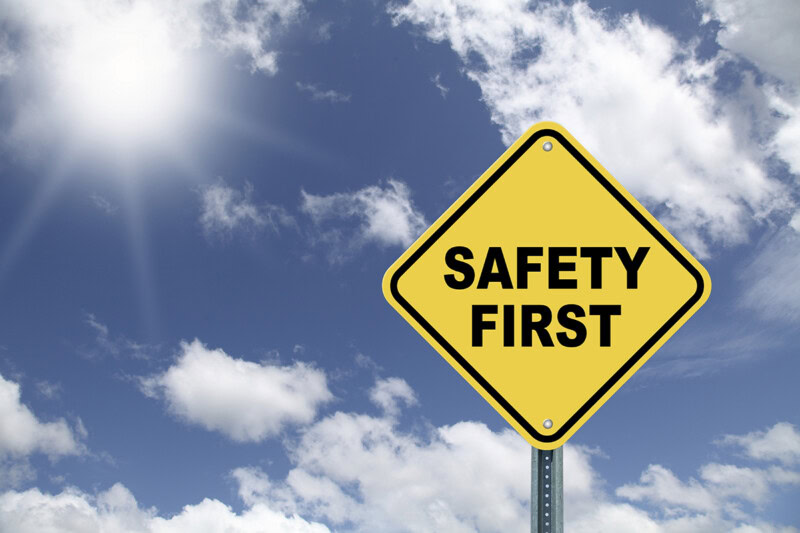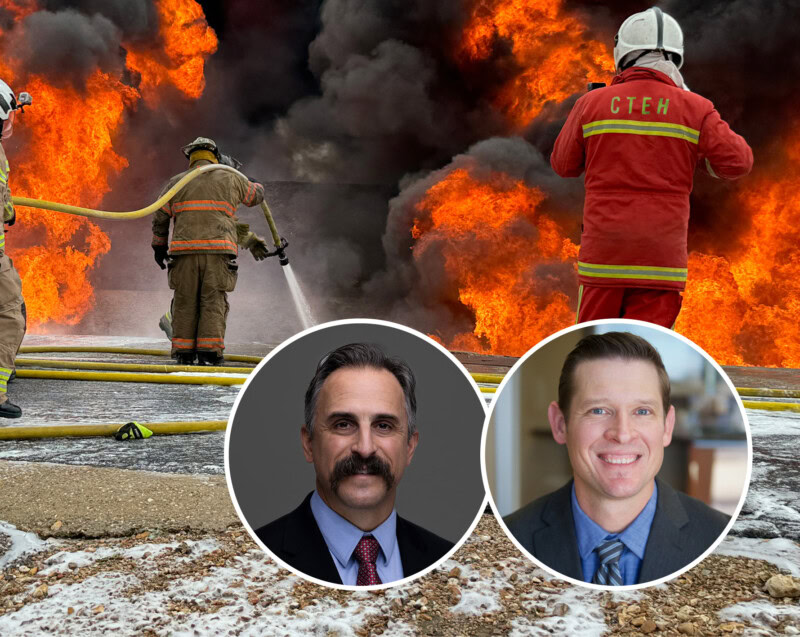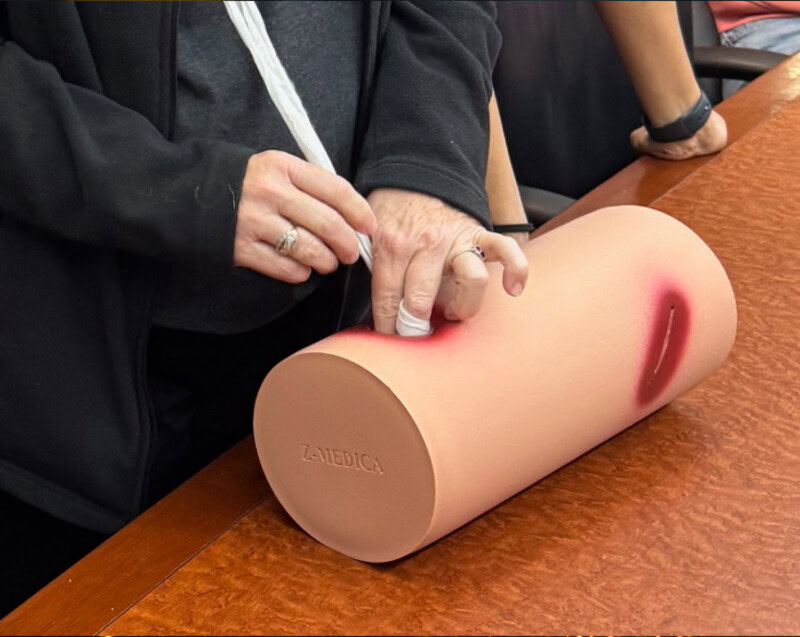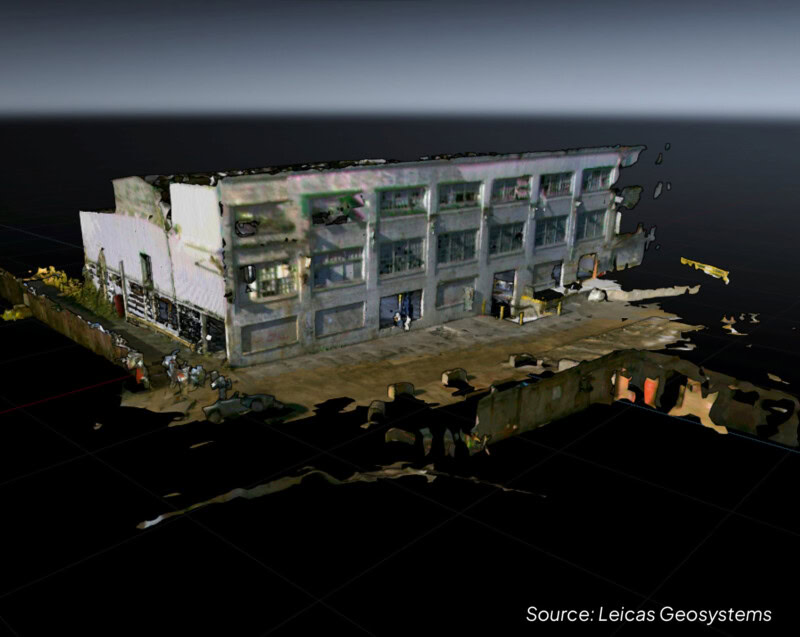Is your workplace exposed to loud noises, flying sparks or chemicals? If so, the proper personal protective equipment (PPE) may be needed to keep employees safe on the job. According to the Occupational Health and Safety Administration (OSHA), PPE is used to “minimize exposure to hazards that cause serious workplace injuries and illnesses.” Here are the most common types of PPE:
•Eye and face: This type of protection is needed if employees may be exposed to flying particles, liquid chemicals, infected materials, harmful light radiation, molten metal, acids or caustic liquids. The most common type of eye and face protection includes safety glasses, goggles, and plastic face shields.
•Head: Safety helmets or hard hats should be worn if employees can bump their heads on fixed objects, accidentally come into contact with electrical hazards or be hit with falling objects. All head PPE should have a hard outer shell and shock-absorbing liner that are properly sized and maintained.
•Foot and leg: Employees who regularly come into contact with falling, rolling or sharp objects; wet, slippery or hot surfaces; molten metals; or electrical hazards should be outfitted with the proper foot and leg protection. These include leggings, metatarsal guards, toe guards, foot and shin guards, safety shoes and special-purpose shoes (i.e., foundry shoes).
•Hand, arm, and body: Protective gloves or clothing should be worn if employees may be exposed to potentially harmful substances. Employers may choose from a wide variety of protective gloves (leather, aluminized, aramid fiber, synthetic, fabric, chemical, liquid resistant) and clothing (disposable suits, treated wool and cotton, duck, leather, rubber or plastics) depending on the individual worker’s situation.
•Hearing: To prevent hearing loss; impairment; and physical and psychological stress from exposure to high noise levels, employees should wear ear plugs (foam, waxed, cotton or fiberglass) or earmuffs on the job.
Need help determining when employees should wear PPE? Contact the CTEH industrial hygiene team for workplace hazard assessments, trainings, and evaluations at cteh.com.




